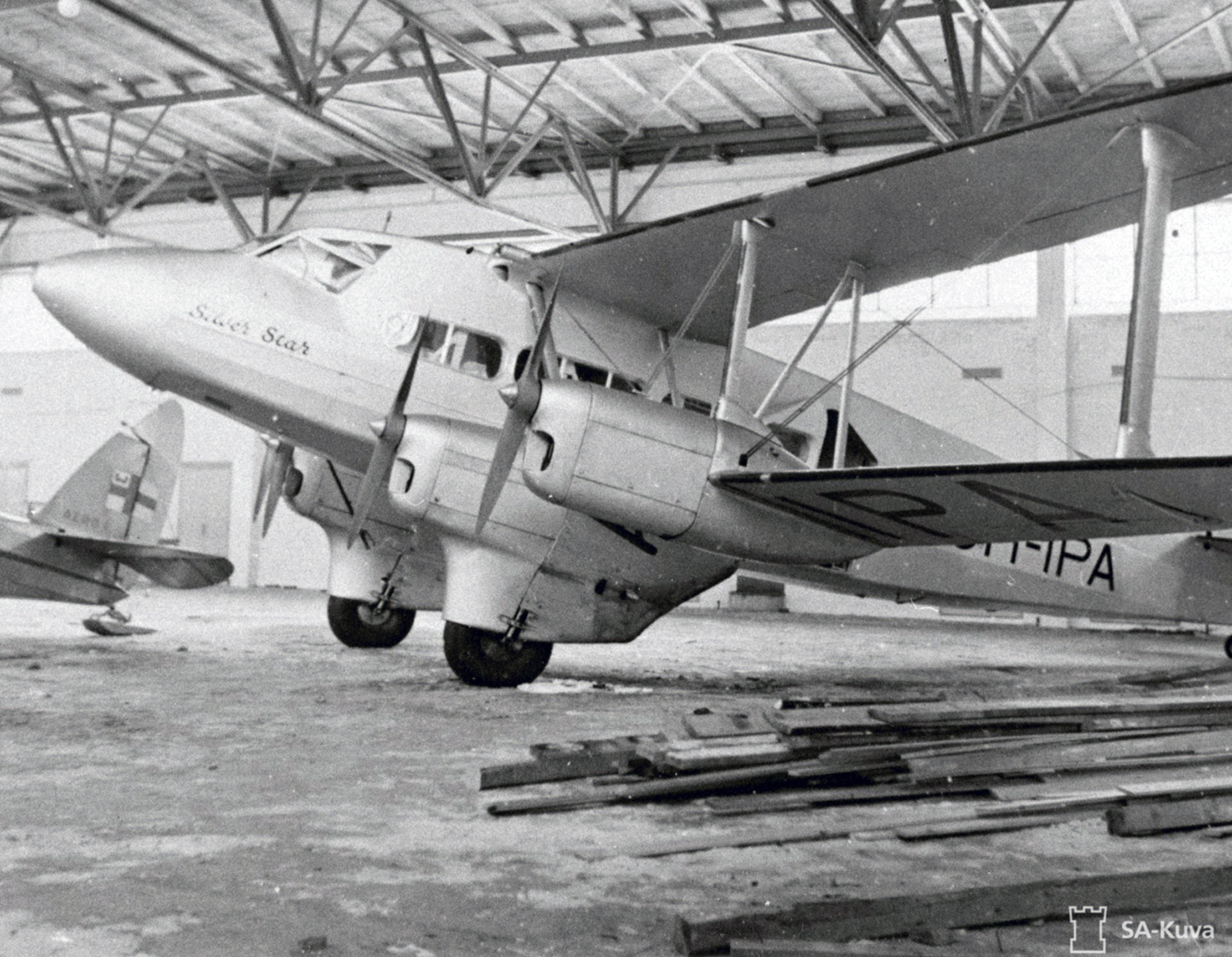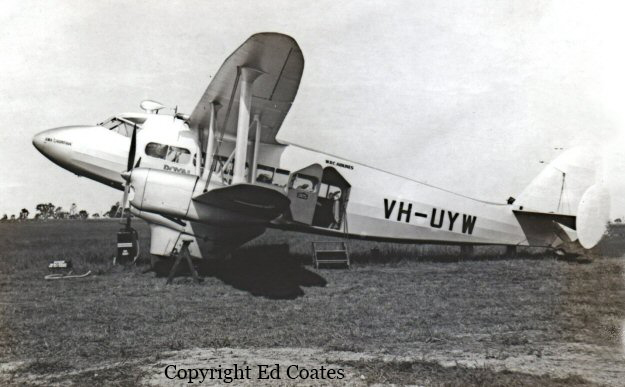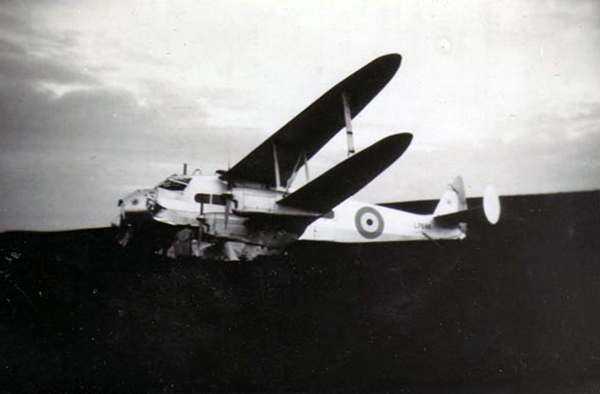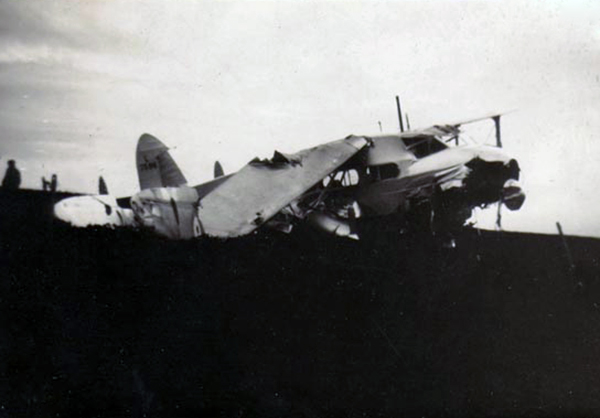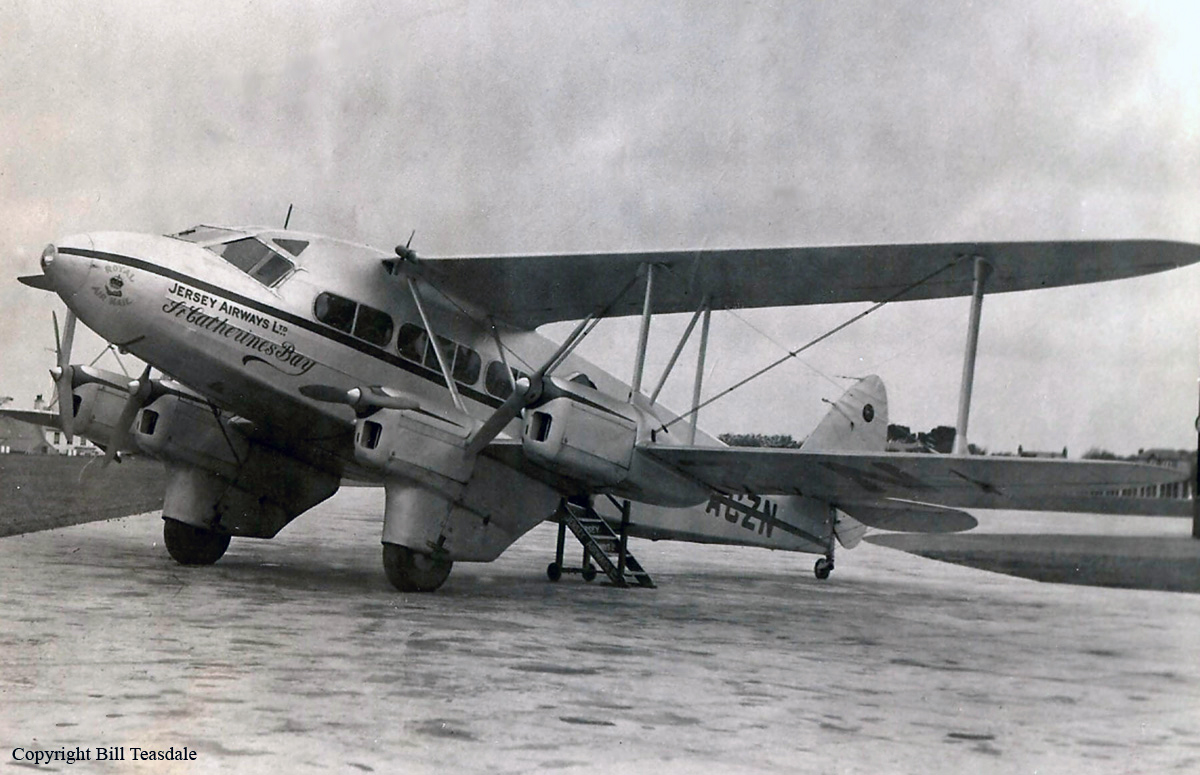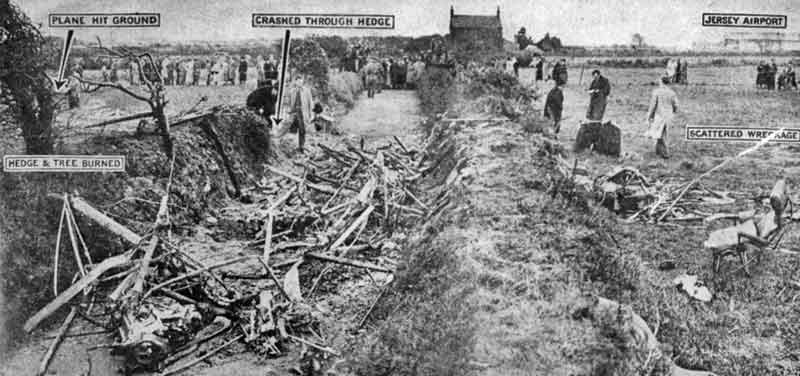Crash of a De Havilland DH.86A Express in Lydda
Date & Time:
Nov 26, 1941
Registration:
AX760
Survivors:
Yes
MSN:
2328
YOM:
1935
Crew on board:
0
Crew fatalities:
Pax on board:
0
Pax fatalities:
Other fatalities:
Total fatalities:
0
Circumstances:
After touchdown, an undercarriage collapsed. The airplane slid for few dozen metres before coming to rest. There were no injuries among the occupants and the airplane was damaged beyond repair.
Probable cause:
Undercarriage collapsed on landing.




